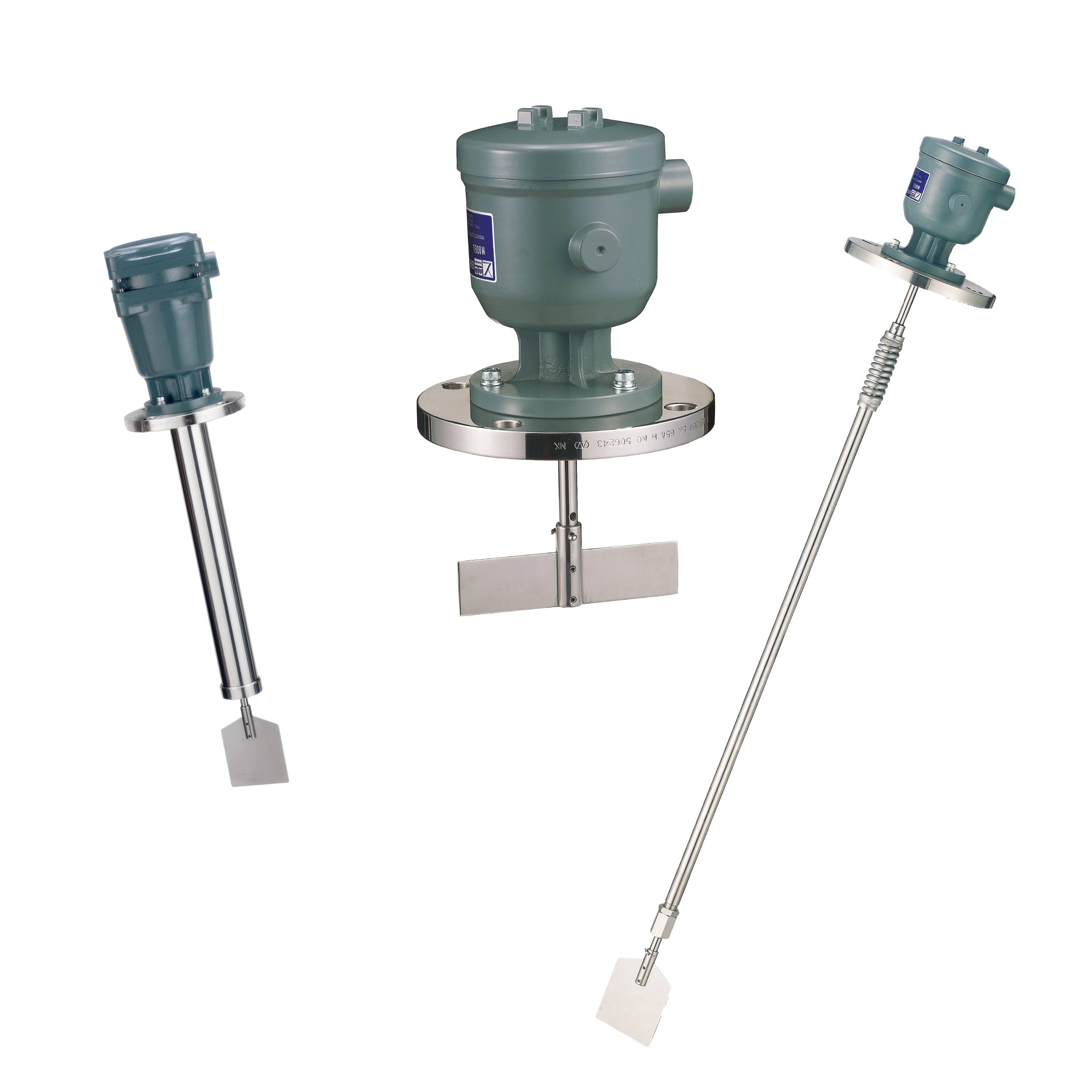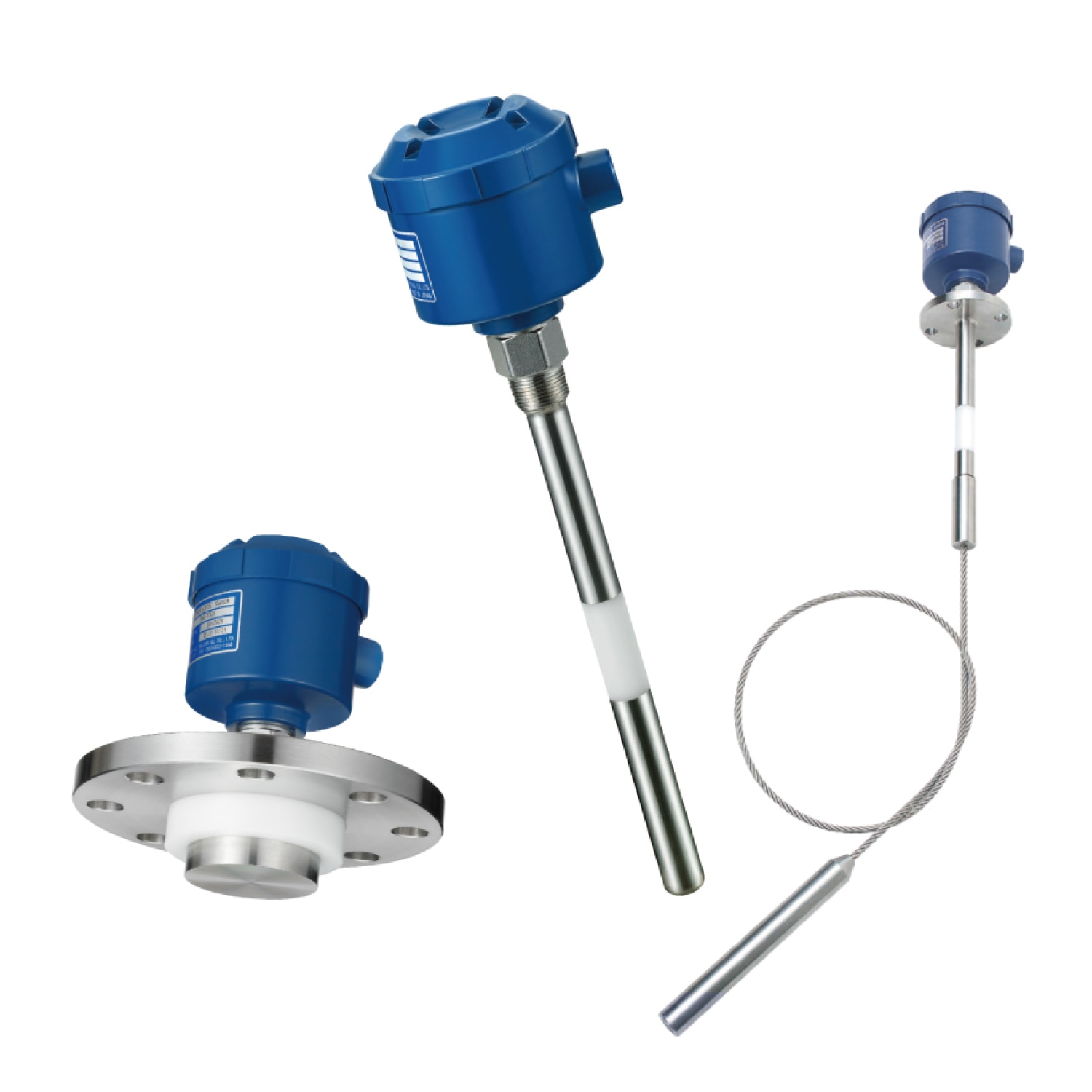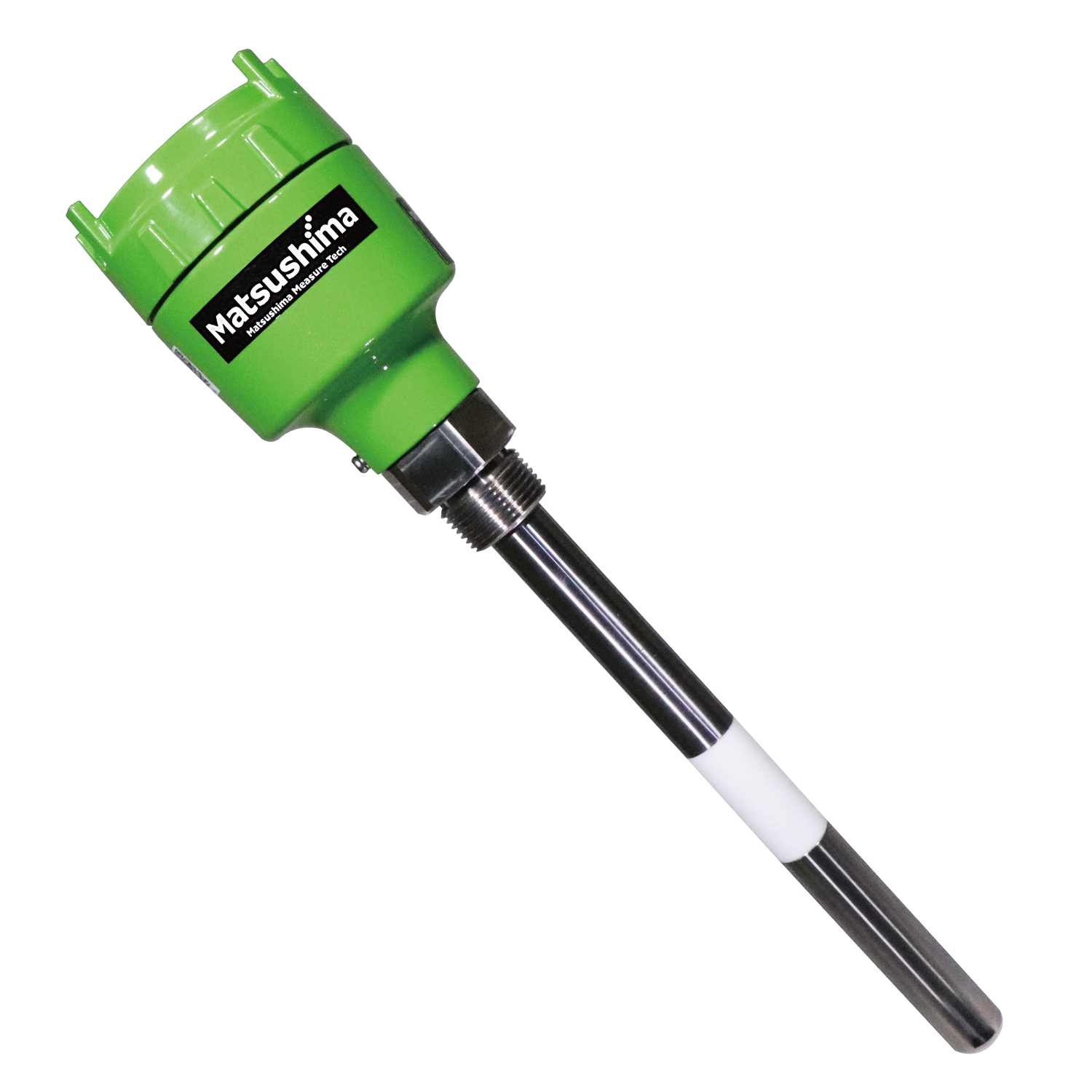Level Switch Selection Guide
The selection of a level switch requires consideration of several important factors, including measurement range, accuracy, resolution, environmental factors, output type, cost, etc.
Choosing the right level switch enables accurate level detection and control of liquids and solids, leading to efficient operation in various industrial sectors.
What are level switches?

Level switch is a sensor to detect level (High=Full or Low=Empty) of material in vessels, tanks, etc. It outputs ON or OFF dry relay signal to start or stop charging/discharging material.
Bigger capacity vessels sometimes require to monitor intermediate level as well not only High and Low level, and in this case, generally Level Transmitter is used to monitor real time continuous level in the vessel.
Please refer to the other article "What are Level Transmitters" for detail of Level Transmitter.
Bigger capacity vessels sometimes require to monitor intermediate level as well not only High and Low level, and in this case, generally Level Transmitter is used to monitor real time continuous level in the vessel.
Please refer to the other article "What are Level Transmitters" for detail of Level Transmitter.

There are many kinds of level switches to cover various applications (different type of material, process conditions, etc.).
It sometimes makes confusion on suitable level switch selection even if we understand the feature of each level switches.
There are many factors on the suitable level switch selection, such as characteristic of material, measurement conditions, mounting position, etc...
Each factor can be subdivided into dozens of species and those combinations will be astronomical patterns.
Then we, Matsushima Measure Tech Japan, has published "Level Switch model selection guide" to help you from complicated suitable level switch model selection.
However, this is just a general reference guide and does not guarantee the performance of each manufacturer's product.
Anyway please feel free to consult with us if you have any question or need any assistance.
It sometimes makes confusion on suitable level switch selection even if we understand the feature of each level switches.
There are many factors on the suitable level switch selection, such as characteristic of material, measurement conditions, mounting position, etc...
Each factor can be subdivided into dozens of species and those combinations will be astronomical patterns.
Then we, Matsushima Measure Tech Japan, has published "Level Switch model selection guide" to help you from complicated suitable level switch model selection.
However, this is just a general reference guide and does not guarantee the performance of each manufacturer's product.
Anyway please feel free to consult with us if you have any question or need any assistance.
Typical Level Switches
Rotating Paddle Level Switch


■Principle
Rotating Paddle Level Switch makes detection when the rotating paddle contacts with material and is hold with the force higher than the paddle rotating torque.
■Features
・No bad influence from electrical characteristics change.
・No serious influence from adhesion and other measurement conditions.
・No serious influence from adhesion and other measurement conditions.
■Disadvantages
・Periodical replacement required for mechanical moving parts.
・Hard solids may bite in the rotating shaft portion and stop the switch.
・Fiber shape solids may entangle at the paddle portion and cause malfunction.
・Not suitable for low density powder.
・High density solids may bend the paddle portion.
・Hard solids may bite in the rotating shaft portion and stop the switch.
・Fiber shape solids may entangle at the paddle portion and cause malfunction.
・Not suitable for low density powder.
・High density solids may bend the paddle portion.

Capacitance Level Switch


■Principle
Capacitance Level Switch makes detection when the capacitance value between the probe and tank wall varies because of the presence or absence of material around the probe.
■Features
Versatile level switch widely applicable to liquid and solids applications.
■Disadvantages
・Not suitable for low dielectric constant material (DK value min. 2.0 or higher).
・Sometimes adjustment difficult for adhesive material.
・Sometimes adjustment difficult for adhesive material.

Admittance Level Switch


■Principle
Admittance Level Switch is a type of Capacitance Level Switch.
The detecting area is at the tip of probe to decrease the influence of adhesin of measured substances. (Generally the detecting area of Capacitance Level Switch is at the root of the probe.)
The detecting area is at the tip of probe to decrease the influence of adhesin of measured substances. (Generally the detecting area of Capacitance Level Switch is at the root of the probe.)
■Features
・Effective for adhesive material (like slurry, etc.) because it has a guard electrode and less influence from the adhesion comparing to general capacitance level switch.
・Wider adjustment range than capacitance level switch. One single model can cover wide DK value material.
・Wider adjustment range than capacitance level switch. One single model can cover wide DK value material.
■Disadvantages
・Not suitable for low dielectric constant material (DK value min. 2.0 or higher).

Vibrating Level Switch (Probe type)


■Principle
Vibrating Level Switch makes detection when the vibrating probe is covered by the material and the vibration attenuates.
■Features
・Effective for low bulk density material (approx.0.02g/cm3).
・Effective for low dielectric constant material because no influence from electrical characteristic.
・Detection for deposits in liquid possible.
・Effective for low dielectric constant material because no influence from electrical characteristic.
・Detection for deposits in liquid possible.
■Disadvantages
・Not applicable to liquid applications.

Vibrating Fork Level Switch


■Principle
Vibrating Fork Level Switch makes detection when the vibrating fork probe is covered by the material and the vibration attenuates.
■Features
・Applicable for both liquid and solids.
・Effective for small tank.
・Effective for small tank.
■Disadvantages
・Bigger particle size solids may get caught in the fork probe and cause malfunction.
Float Level Switch


■Principle
Float Level Switch makes detection when the float moves (rises or falls) by buoyancy on liquid.
■Features
・Principle physically understandable.
・Price reasonable.
・No power required.
・Multiple relay outputs.
・Price reasonable.
・No power required.
・Multiple relay outputs.
■Disadvantage
・Wave-breaking pipe required where there is wave or flow.
・Adhesive conditions may cause malfunction because the movement of the float becomes unstable.
・Adhesive conditions may cause malfunction because the movement of the float becomes unstable.

Conductive Level Switch


■Principle
Conductive Level Switch consists of the earth electrode and multiple detection electrodes and makes detection when it has a conduction via liquid between the earth electrode and the other detection electrode.
■Features
・Multiple relay outputs available.
・Variety of electrode material options.
・Variety of electrode material options.
■Disadvantages
・Not applicable to non-conductivity material like pure water.
・Adhesion may cause malfunction (conduction).
・Adhesion may cause malfunction (conduction).
Impact of Environmental Conditions on Selection
Environmental conditions are an important consideration when selecting a level switch. The following factors will greatly influence your choice:
- Temperature: High and low temperature environments require special materials and designs. For example, there are electrode-type level switches that can be used in the range of -20°C to 60°C.
- Pressure: Pressure resistance is required in high pressure environments.
- Corrosion: For corrosive liquids such as acids and alkalis, corrosion-resistant materials such as titanium and hastelloy should be chosen.
- Vibration: If there is vibration due to the flow or stirring of the liquid inside the tank , measures such as fixing it with support materials are necessary.
- Condensation: Condensation can cause the unit to malfunction, so regular cleaning and selecting an appropriate installation location are important.
Proper consideration of these environmental factors can significantly increase the reliability and lifespan of your level switches.
Products for both solids and liquid applications
Please feel free to ask us if you have any questions
or you want our support. ⇩⇩⇩
Please feel free to contact us if you have any inquiries.
Click here to download documents.
© Matsushima Measure Tech Co., Ltd.



